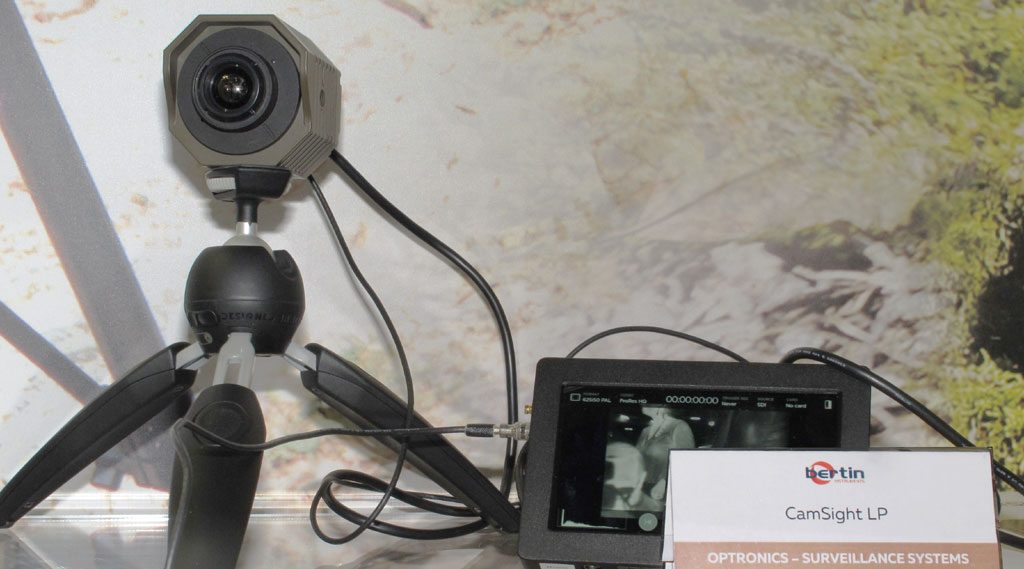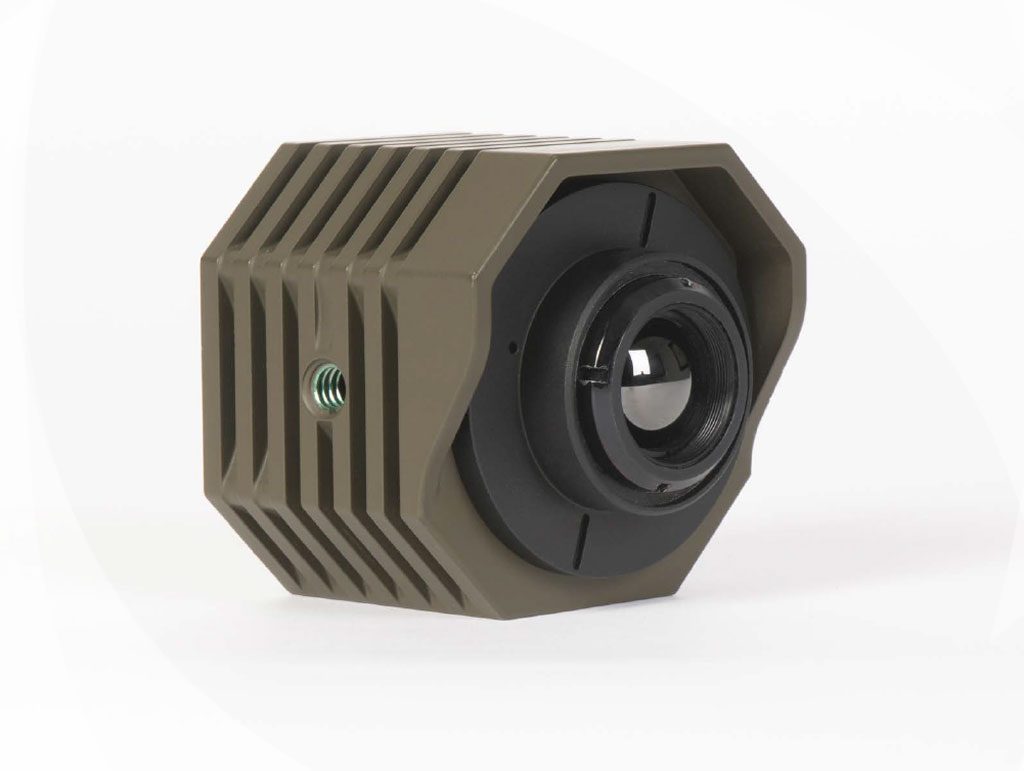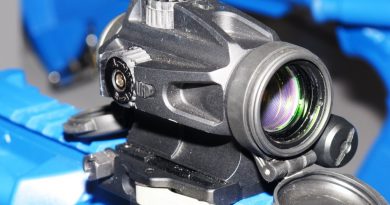
A Low Power CamSight from Bertin Technologies
Bertin Technologies, part of the CNIM Group, unveiled its new low-power CamSight: following the CamSight LL, for Low Level, fitted with a CMOS low light colour sensor with a 1280×1024 pixels matrix, and the CamSight IR, for InfraRed, based on a 640×480 uncooled sensor with a 17 µm pitch working in the 8-12 µm bandwidth, with a 50 frames per second refreshment rate, the company launched the CamSight LP, for Low Power. The new system has a power consumption of less than 20% compared to the previous ones, the LL and IR consuming around 5.5 W while the LP consumption is less than 1 W. The sensor remains the Lynred Pico Gen 2 uncooled however to allow power consumption reduction the refreshment rate was reduced from 50 to 25 frames per second. The shutterless technology adopted allows for real time freeze-free image delivery. According to the sensor producer, depending on the lens adopted the man-size target recognition distance can go from 180 meters (19 mm lens) to 455 meters (50 mm) to 799 meters (75 mm). As the other two CamSight, the LP is available in OEM configuration, to be integrated in third party cameras, weighing only 90 grams, or in Plug & Play configuration, the weight being 225 grams versus the 330 grams of the LL and IR versions.

The dimensions of the CamSight LP in the OEM version are 52x52x45 mm, while the Plug & Play version dimensions are 60x60x65 mm. On demand the CamSight LP can be fitted with the Pico 1024 Gen 2 featuring a 1024×768 matrix with a 17 µm pitch, with vehicle recognition distances from 0.9 to 2.2 km depending on lens adopted.
According to Bertin an evolution towards a 12 µm pitch is foreseen, the adoption of the Lynred Atto 640 allowing a considerable size reduction. While aiming at improving the systems performances is the standard path, according to Bertin representatives the market is showing a strong demand for less expensive systems based on smaller sensors, therefore the development of a CamSight fitted with a 320 sensor might not come as a surprise.
Photo by Paolo Valpolini and Bertin Technologies


